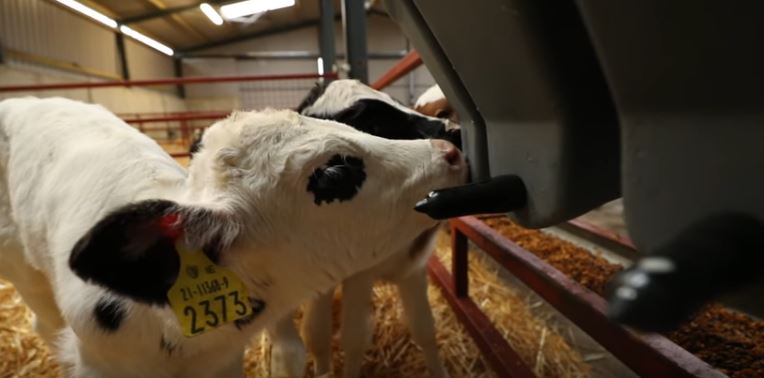The calving season will soon be starting and with that comes the feeding of calves. A well-fed calf is better equipped to fight off the challenges that come with an immature immune system.
Here are some steps to follow to get your calves off to the best start.
Use the 1,2,3 rule
Colostrum, also known as beestings, is the first and most important line of defence for a newborn calf.
Using the 1,2,3 rule:
- Use the first milk (colostrum) from the cow;
- Feed the calf colostrum within the first two hours of birth;
- Calves must be offered at least 3L of good quality colostrum.
A calf should receive 8.5% of its total body weight in colostrum in the first two hours of life. Immunoglobulin absorption reduces dramatically after that.
With this in mind, a calf weighing 35kg should get 3L of colostrum and a 45kg calf should receive 4L. Those feeding levels are crucial for the calf’s future performance.
Measure colostrum quality
It is also important to measure the quality of colostrum and this can be done using a Brix refractometer.
High-quality colostrum which has a reading of 22% on the refractometer or above can be used or stored. Colostrum quality decreases rapidly after each subsequent milking.
Feed a quality milk replacer
Milk replacers should contain approximately 20-26% protein, along with vitamins and trace elements designed for calf growth and specific nutritional needs.
Ensure assess to water
Water is essential for calves as they are born without a functioning rumen which is developed by the fermentation of grain and water.
Scour
The greatest cause of calf death in Ireland is scour and pneumonia. Management protocols should be in place to reduce exposure to the organism that causes scours and increased calf immunity.
If and when there is an outbreak of scour, early detection and action is essential for control. Isolate the affected calves to reduce the spread of disease. Electrolytes along with milk should be offered.
Use clean equipment
Ensure feeding teats are not worn and clean all equipment, including: stomach tubes; teat feeders; and water troughs. Calibrate automatic feeders regularly, to ensure they remain working during the season.
Avoid feeding waste milk
For calves retained for breeding, avoid feeding waste milk, this can pose the risk of carrying diseases such as Johne’s and can cause the development of antibiotic resistance.
Also Read: What is Johne's disease?

